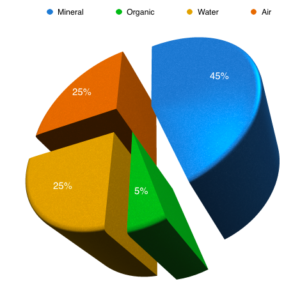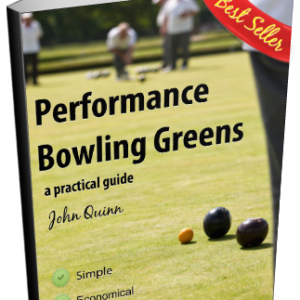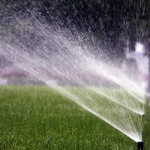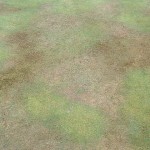Someone searched by this term on the web and was directed to the site.
Now I normally pick out the most popular search terms to try to answer the underlying question, but this was a single and very different search term and I thought it was very interesting.
The title tells the full story; someone is of the opinion that the greenkeeping advice they received caused the opposite result from the one they expected.
This is probably due to one of two common problems; both of which I tease out and put a bit of detail on in the opening section of my eBook Performance Bowling Greens, a practical guide:
Problem Number 1. A lot of the advice that is available is non-committal, playing it safe or just wrong; for example a lot of “advisers” still peddle the same old advice which usually includes some of the most damaging practices you can inflict on a bowling green like top-dressing with high sand content top-dressing.
Problem Number 2. Bowling clubs have a high degree of impatience when it comes to waiting for improvements to materialise on their green. Even when following the correct regime there is usually a period of renovation required to get things moving in the right direction and this is why many greens never improve to any great degree; clubs don’t stick to a plan.
Now this is understandable to a degree because most club members quite rightly want a good green…now; they are paying their membership now, so now is when thy want results. This leads to desperation mode, another factor that creeps into clubs from time to time and again detailed in Performance Bowling Greens.
This is so common that many of you who have read the eBook have written to say that they recognised their own club in the examples I gave.
So when someone says that the advice they have received has caused a disaster its usually due to one of these problems.




